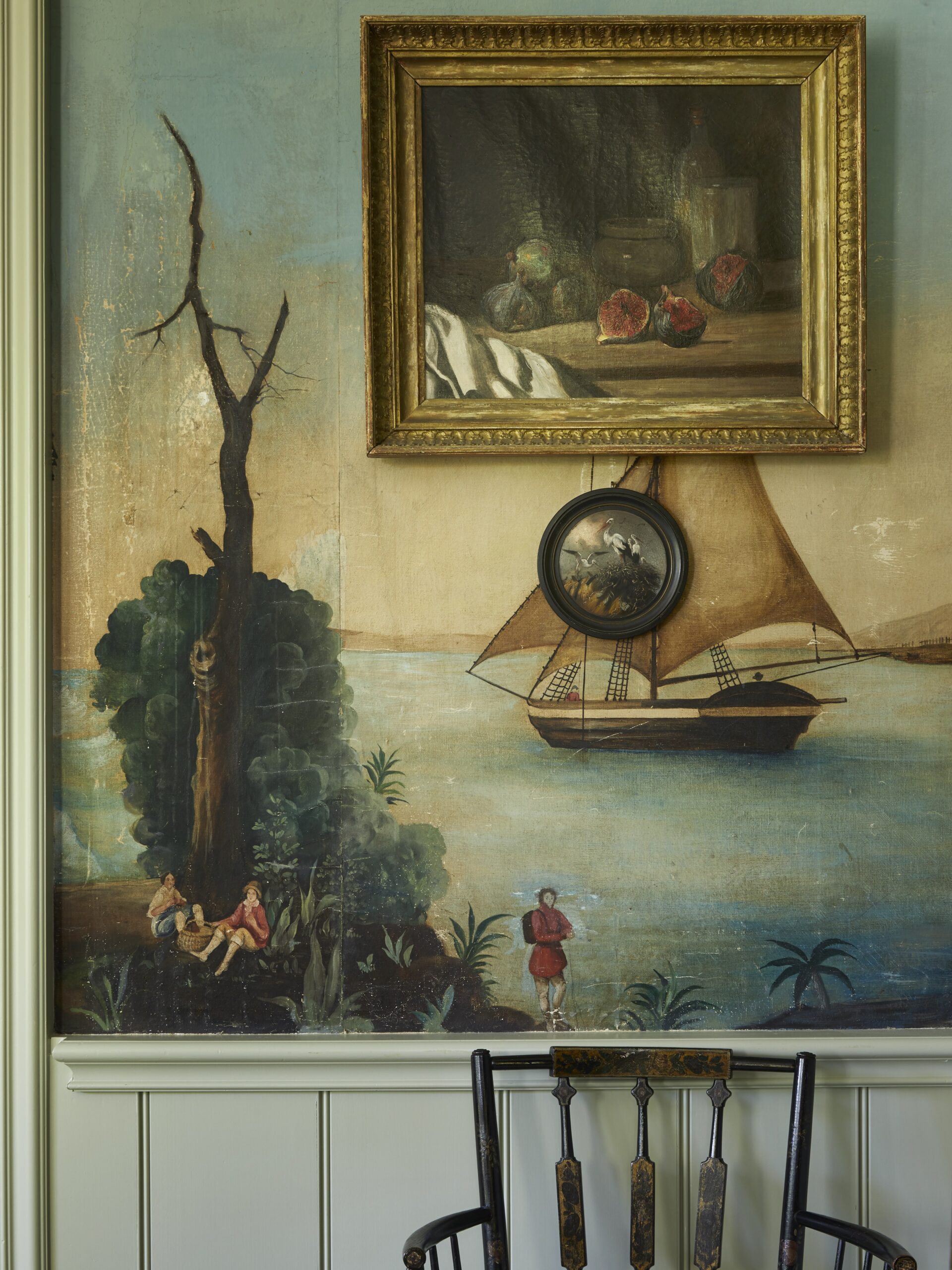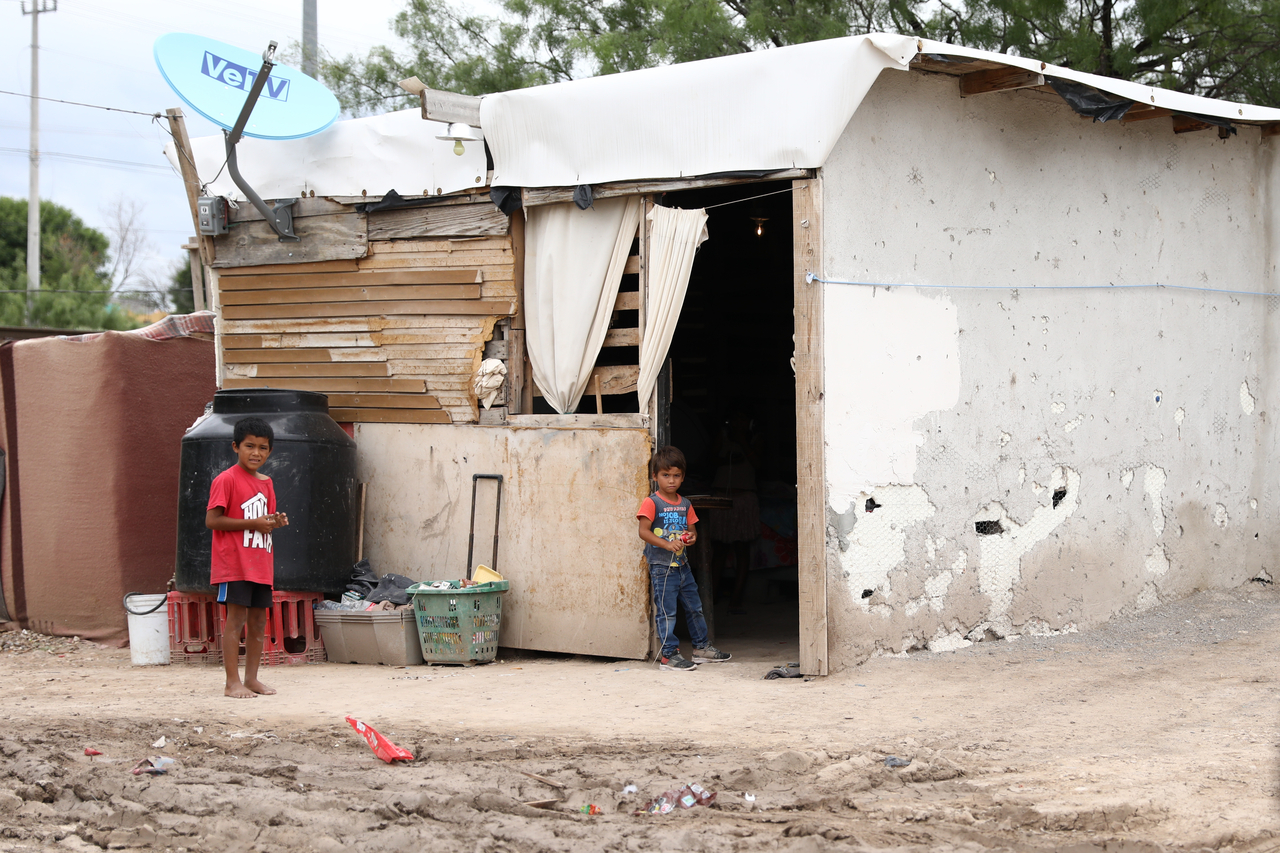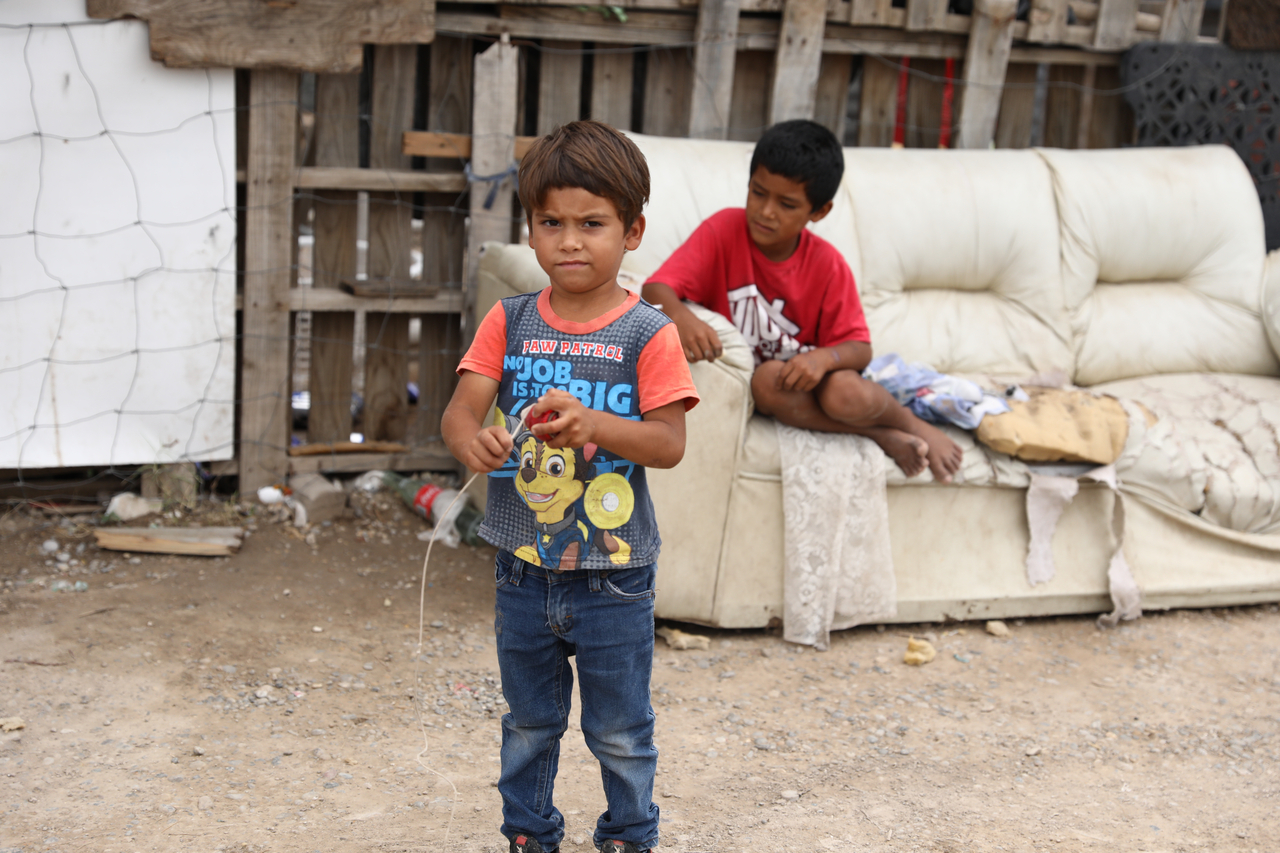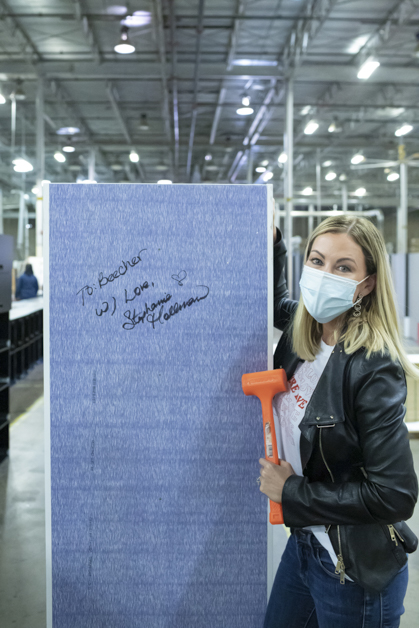When the hosts of the Miss NTD pageant announced the winner, it took Cynthia Sun a few moments to realize she had won. She stood in stunned silence, thinking they had made a mistake. Sun had not expected to win. In interviews and conversations with friends and family, she had openly shared her doubts, believing she lacked the talents that other contestants showcased—singing, dancing, or musical prowess.
Sun said, “I can ride a horse, but obviously you can’t do equestrian on stage. I can dive, I’ve done cliff jumping a lot, but there’s no cliff on the stage. I can swim really well—there’s no pool. I can play badminton—there’s no court. And I can play soccer—there’s no field. I also really like Ultimate Frisbee, but there’s no space for that. So I just gave up, and then I just put none [as talent for the pageant].”
But this was no typical pageant. While physical beauty and artistic talent were still valued, the contest emphasized celebrating five essential virtues inherent in traditional culture—morality, righteousness, propriety, benevolence, and faithfulness. The chance to study those virtues deeply motivated Sun to join the pageant. “To think about how I can be the best version of myself, but also to meet other young women who also prioritize these virtues. We’re trying to implement them in modern-day society—that was the motivation for me to actually join.”
NTD is a New York-based global television network founded in 2001 by Chinese Americans who fled communism. The pageant required participants to be at least one-third of Chinese descent. (Starting in 2025, the pageant will be open to women of all ethnic backgrounds). Sun, born and raised in Pearland, Texas, a quiet suburb south of Houston, is 100 percent ethnically Chinese. However, she didn’t always feel that way.
As a Chinese American, she felt her identity was split into two halves. “I vividly remember when I was younger, I used to tell my parents that I was hanging out with my friend group from the Chinese half of my identity, or the American half of my identity. And so for me, it was like two different worlds.”

She felt at a disadvantage compared to the other contestants, who grew up closer to their Chinese heritage. They could recite poems from different Chinese dynasties and were very familiar with the historical figures that shaped the 5,000 years of traditional Chinese culture. “It just bemused me, but also befuddled me, that it could even be possible, because there was such a high level of artistic and literary knowledge that it was just unbelievable for me,” Sun said.
However, as she prepared for the pageant and reflected on the five virtues, she realized that her two sides—the American and the Chinese—weren’t that different after all. Southern hospitality, in particular, resonated with some of the virtues emphasized by the pageant, such as benevolence and propriety. “I think community is such a huge part of the Texas spirit. Through all of my experiences, I could think of at least several stories for each of the five virtues that helped me stand out and give me confidence that these universal values do come from a place that I can call my own.”
Her understanding of the five virtues comes from a very personal place, not limited to the superficial meaning of the words. “I think the balance for me is a mixture of listening and internalizing, which is very much a Chinese thing. But also trying to be encouraging and openly inviting, and accommodating, which is something that Southern culture really holds dear.”
She believes that opening up about this duality with the pageant’s judges during the Q&A section helped her win the competition. “I was just very honest. I told them that as a Chinese American woman, I was working very hard to reconnect and rejoice in my traditional Chinese heritage, which I felt had been unlinked and unattached from me for so long. I felt like I’m not completely considered American in America. I’m not considered Chinese in China. But I feel it’s possible to bridge both cultures, both modern and traditional, and present that in myself. That’s who I actually am as a whole.”
She thinks her message resonated with the panelists that night, and that’s why she won. “It was very surprising, but also very heartwarming to know that as a Chinese American, I can actually embody these traditional values inside myself and present them to the world.”
Her Life-Changing Experience In China
Sun has visited China three times in her life: as a baby, when she was 12 years old, and after graduating from high school at 17. Her parents had come to America as college students in the 1990s, while the rest of the family remained in China. The second time, when she was 12, she traveled only with her father, as her mother had been blacklisted for practicing Falun Gong, a spiritual practice severely persecuted in China by the Communist Party since 1999—the same year Sun was born.
The moment she and her father landed at an airport in Inner Mongolia, in northern China, they noted they were being followed. When they arrived at her grandparents’ house, they had barely said hello when three policemen knocked on the door, wanting them to go to the police station for an interrogation.
“They didn’t want me to give my grandparents any ideas about free thought or American culture or inspire them to join us in America as a family,” Cynthia said.

Maybe it was their American passports that made the police officers relent, but Cynthia’s father realized that staying with their family could put her grandparents at risk. So, they cut the visit short and left.
“I felt like I was in a James Bond movie or something,” Sun recalled. Her father suggested they go to a nearby mall, and the policemen followed them. There, they moved from store to store, trying to evade them. Her father even removed the battery from his phone to avoid being tracked.
For Sun, the whole situation felt bizarre. Even though she was only 12, she was taller than the three policemen—“I could see the top of their heads,” she said—and couldn’t understand why they would chase down a girl and her father who were just visiting family.
“I was actually not very scared because as an American citizen, and my father as an American citizen, I was really confident,” she said. “Maybe it’s the Texan spirit in me, but I was really confident that they couldn’t do anything to us. Even if they did, you know, America would step up.”
They later caught the first flight they found back to America with no further incidents, but the experience had already left a mark on Sun.
In America, she had participated in rallies in front of Chinese consulates in different cities to protest the persecution of Falun Gong in China. She knew many people who practiced the gentle exercises and meditation in parks in Texas, and had heard stories of some who had family persecuted in China for believing in truthfulness, compassion, and tolerance—the three principles of Falun Gong. However, experiencing firsthand surveillance and the pressure on her family members gave her a new perspective.
“I found that the stories that you hear, sometimes it feels like they’re just numbers, and they’re just words on a page,” she said. “But to really experience that in real life … I had a newfound appreciation of what the millions of practitioners in China are going through.”
The experience spurred her to do more research and later pursue International Relations and Global Studies at the University of Texas in Austin, with a focus on human rights. She wrote two theses focused on how the West is inadvertently complicit in China’s human rights abuses. For example, American pharmaceutical companies that provide medical supplies to China might not know that those supplies are used to forcibly harvest organs from prisoners of conscience, including Falun Gong practitioners and Uyghurs. “That really shocked me. But it also motivated me because this was actually something that we could stop the demand of, and the supply of, because it was coming from within America, a country that I call my home.”

A Newfound Purpose
After she won Miss NTD’s crown, people encouraged Sun to compete in other pageants as well. She takes it as a compliment, but is certain she won’t participate in them. Even though other pageants also require effort and discipline to win—diets, gym workouts, mental preparedness—she doesn’t find deeper meanings in them.
As Miss NTD, she is now aware that other young women will take her as a role model—not only because of her beauty but also as an embodiment of the five core virtues promoted by the pageant. “There’s a very big sense of responsibility being the very first inaugural Miss NTD. And knowing that younger women will see my image, my behavior, and take me as a role model … and also my internal responsibility, I guess towards being a better version of myself and also being better for the benefit of people around me.”
When other women ask her how to live by those virtues, she encourages them to find their real selves and purpose in life. “I think everyone has all five virtues inside them. Naturally, inherently, they embody those five virtues. For me, it wasn’t a matter of finding those virtues. It was a matter of how I can highlight them and bring them to the surface.”
“We’re all here trying to fulfill each of our missions and to do the best that we can for our communities. It plays out in different ways, and I find that so powerful.”
Cynthia Sun
Age: 25
Current occupations: Human rights researcher, foreign policy analyst
Your first job: Hostess at a Chinese buffet
Love language: Surprising people with personally curated bouquets. I love peonies, sunflowers, and hydrangeas the most.
Hobbies or talents: Making my friends laugh. Reading a book super fast. Hosting a great party. Winning at board games. Speaking in public.
How do you recharge? I’m a super extrovert—I recharge best by spending time with my friends and family. One of my favorite things to do on a day off is exploring new places and restaurants with my girlfriends. In the past few years, my lifestyle has unintentionally settled into a 1-4-12 schedule: spa day once a month, hiking four times a year, and traveling to a new country once every 12 months!
Favorite books: The “Treasured Tales of China” trilogy.
Favorite movies: “Kung Fu Hustle,” “Monty Python— movies, “Eternal Spring,” “Howl’s Moving Castle,” “Puss in Boots: The Last Wish.”
Something people don’t know about you:
I’m the opposite of a green thumb—every plant I raise ends up arriving in my mom’s garden on the verge of death. I’ve nearly killed a cactus once.
Your favorite thing about Texas: Good ole Southern hospitality! I miss when waitresses call me “love” and “sweetheart.” Barbecue takes a close second.
From Nov. Issue, Volume IV






















